
 By Natali Moss
By Natali Moss
As reported by Euronews, launch operations are organized at secret points in the countryside of Ukraine: in the dark with low lighting on improvised airstrips, columns of attack drones gather, which almost silently rise into the night sky and head east. Training areas are devoid of spectacle - officers in body armor work quickly and harmoniously, use blacked-out lights and night vision, and the engines of the devices resemble the rumble of old motorcycles.
The targets of the attacks are primarily oil refineries, fuel depots, and military logistics centers. According to analysts, this is part of a targeted campaign that has intensified since the summer and caused material losses to Russia's energy infrastructure, causing domestic shortages of gasoline and making it difficult to export diesel and aviation fuel. Fuel rationing has been introduced in some regions, the material says.
According to a review by the American think tank Carnegie Endowment, Ukrainian drones have struck at least 16 major Russian refineries, theoretically accounting for about 38% of their nominal processing capacity. However, analysts note that the real effect was more modest, with many plants resuming operations within weeks and inventories and excess capacity partially offsetting losses in processing volumes.
The International Energy Agency estimates that the repeated attacks could reduce Russian refining capacity by about 500,000 barrels per day, leaving the domestic market facing fuel shortages, even as overall global oil supply remained relatively stable.
President of Ukraine Volodymyr Zelenskyy stated that Ukraine's long-range strike capabilities are causing significant damage to the Kremlin's economy; according to him, the consequence of the attacks was a reduction of up to 20% in the supply of gasoline. The material contains testimonies of direct participants in the operations.
The commander with the call sign "Fidel" describes the development of technology: if earlier drones covered about 500 km, now some models regularly fly at a distance of up to 1,000 km from the border. He emphasizes that the success of missions depends on three components - the platform, the human factor and careful planning - and calls these missions a "sacred cause".
According to Fidel's estimates, less than 30% of the vehicles reach the target areas, so each operation involves significant losses and risks for crews and operators. The technical simplicity of the design makes drones relatively cheap and quickly scalable: the article states that some models are now being produced for around $55,000, which is significantly cheaper than traditional missile systems and allows for massive fleet replenishment at relatively low costs.
In addition, the appearance of such drones is accompanied by cultural symbols of support - one of the models, named "Fery", even made it onto a local postage stamp as a sign of national pride. Moreover, risk analysis experts note a shift in the geography of the conflict: strikes that previously undermined infrastructure mainly in border areas are now reaching deeper regions of Russia.
According to RANE's Adriano Bosoni, this forces Moscow to move away from the "territory outside the zone" strategy and shift resources to protecting its own rear, which complicates its logistical capabilities and reduces its ability to conduct large-scale operations.
In addition to the direct impact on infrastructure, the political effect is important: Ukraine's ability to independently launch long-range strikes reduces dependence on Western decisions on the supply of heavy weapons and was accompanied by increased sanctions against the Russian oil industry. Analysts see this as a combination of pressure — military and economic — on the Kremlin's ability to maintain foreign operations.


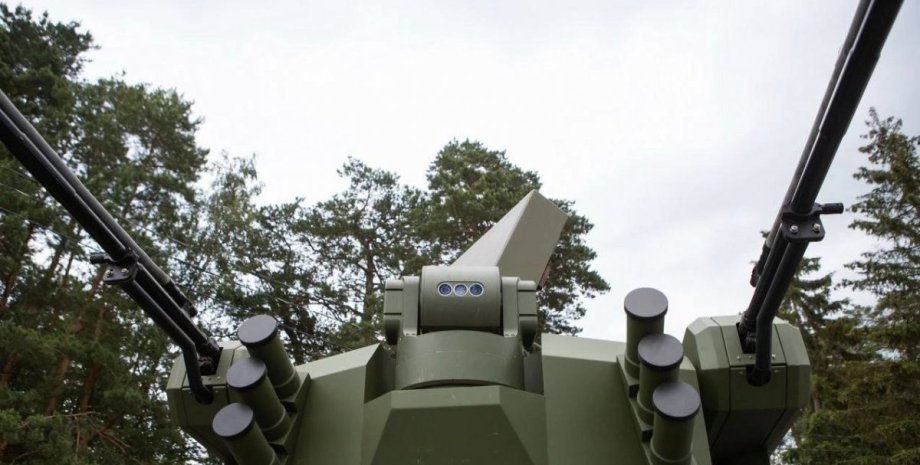
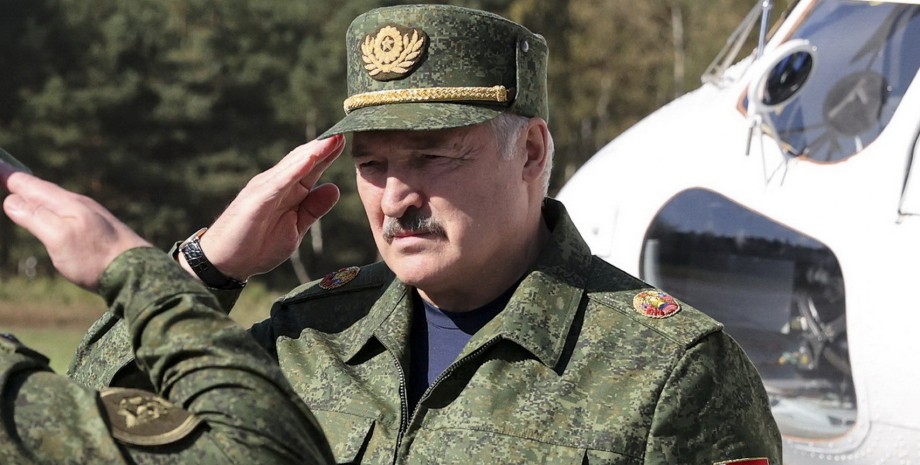


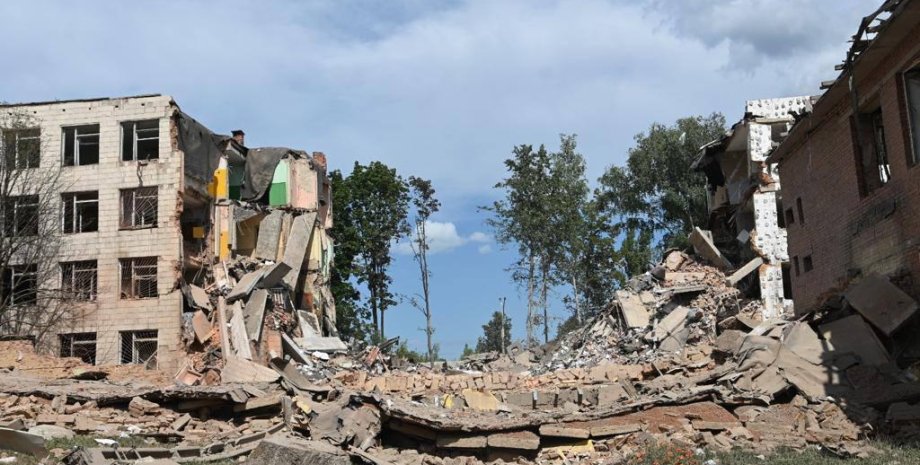
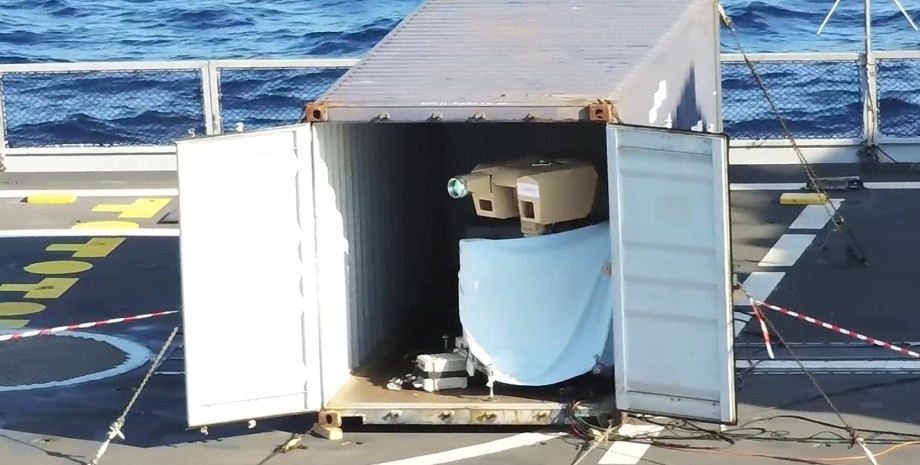

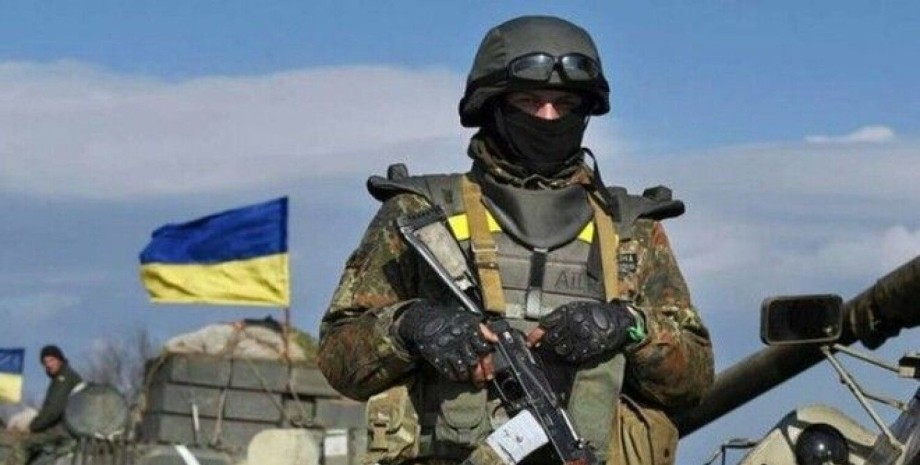
All rights reserved IN-Ukraine.info - 2022